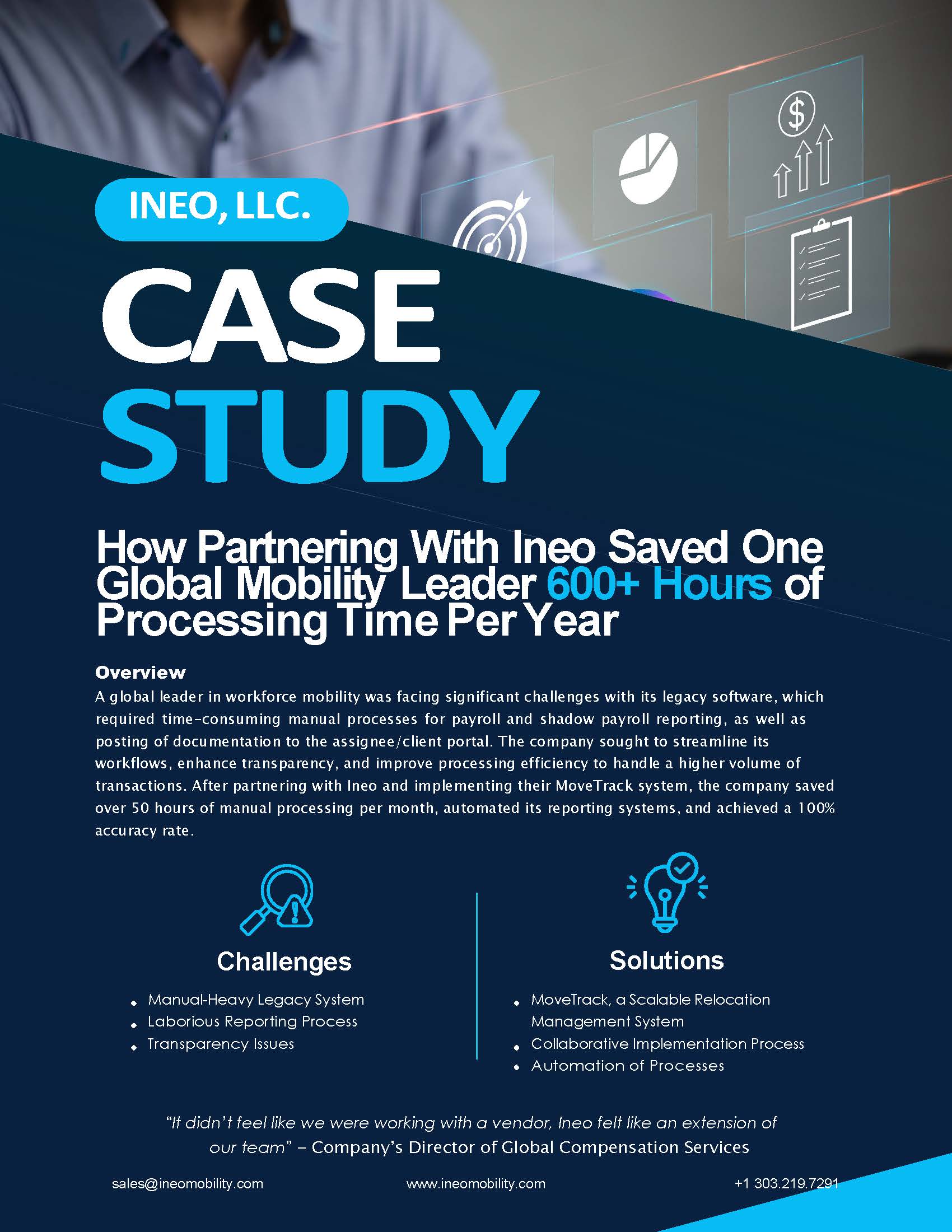The Art of Employee Relocation Assistance Policies

As the global workforce continues to evolve, employee relocation has become an essential component of many companies’ talent management strategies. With the rise in remote work, flexible work arrangements, and digital nomadism, companies are finding new ways to attract and retain top talent. However, relocating employees can be a complex and challenging process, especially when it comes to ensuring their success and satisfaction in their new role.
A recent corporate relocation survey from Atlas Van Lines delves into the latest trends and insights on employee relocation. In this blog, using the data from their robust survey results, we’ll explore the benefits that companies can offer to ensure their employees’ success and convince them to want to relocate.
The State of Employee Relocation Policies
Compared to 2022, there has been a slight increase in company relocation policies overall, with a few notable exceptions. Most companies have formal policies in place for domestic relocations (81%), international relocation assignments (56%), short-term/temporary assignments (68%), permanent international transfers (60%), localization (56%), long-distance commuters (56%), and extended business travel (65%). However, it’s worth noting that the largest increases in formal policies have been seen in medium-sized companies, with significant growth in short-term/temporary assignments, permanent international transfers, and extended business travel.
Fixed Benefits: The Key to Employee Satisfaction
When it comes to fixed benefits, companies are offering a range of options to support their employees’ relocation needs. The most common fixed benefits include:
- By Company Size:
- Small Companies
- 38% Temporary Housing
- 36% Rental Assistance / Transaction Cost
- 35% Travel Expenses – Final Move
- 26% of small companies did not offer any benefits to homeowners, or only offered a lump sum, compared to 8% of medium companies and 5% of large companies. 27% offered to reimburse/pay for home purchase costs, 23% offered temporary-housing allowance, and 22% offered to reimburse/pay for federal tax liability.
- Medium Companies
- 52% Real Estate Assistance / Transaction Costs at Origin/Selling
- 41% Real Estate Assistance / Transaction Costs at Destination/Purchasing
- 37% Rental Assistance / Transaction Costs
- 41% offered to reimburse/pay for home purchase costs, 34% offered to reimburse/pay for federal tax liability, and 32% offered to reimburse/ pay for home sale costs.
- Large Companies
- 57% Real Estate Assistance / Transaction Costs at Origin/Selling
- 51% Real Estate Assistance / Transaction Costs at Destination / Purchasing
- 48% Household Goods Shipping
- Large companies were able to offer the most robust assistance to homeowners. 52% offered to reimburse/pay for home sale costs, 52% offered to reimburse or pay for home purchase costs, and 44% offered storage.
- Small Companies
These benefits are crucial in helping employees navigate the complexities of relocation, from finding a new home to settling into their new community. Learn how The Ineo Platform can help streamline your employee relocation process and reduce costs.
Alternative Assignments: The New Normal
The trend towards alternative assignments is gaining momentum, with companies opting for extended business travel, cross-border commuting, rotational placement, localization, and permanent international transfers instead of traditional relocation. This shift is driven by the need for flexibility and the desire to reduce the duration of assignments.
In 2023, 41% of companies reported using alternative assignments in place of long-term assignments, while 37% used them in place of traditional short-term assignment arrangements. The most common factor determining whether an alternative assignment will be used is job function (52%), followed by business need (49%), and employee request (43%).
Lump Sum Benefits: The Employer’s Dilemma
Lump sum benefits are another key consideration for employers. In 2023, executives were the most common recipients of lump sum payments (58%), followed by experienced professionals (48%). Likewise, there has been a notable decrease in new hires receiving lump sum benefits, while executives have seen an increase.
Relocation Services: A Growing Need
As companies increasingly outsource their relocation services to third-party providers, human resources outsourcing (HRO) or brokerage firms are becoming more prevalent. In 2023, 25% of companies outsourced management of service provider(s) GDPR/data privacy law compliance, arrangement of family’s transportation and accommodations, and expense management/tracking/reimbursement services. Discover how The Ineo Platform can assist in streamlining your relocation services, providing a seamless experience for your employees.
The Role of HR in Employee Relocation
Human Resource teams play a critical role in employee relocation, from managing the relocation process to ensuring compliance with regulatory requirements. In fact, 70% of companies reported that HR departments select relocation service providers to improve the quality of their mobile workforce’s experiences.
The Importance of Data Protection
As companies increasingly rely on technology to facilitate employee relocation, data protection becomes a critical concern. In 2023, 25% of companies outsourced management of service provider(s) GDPR/data privacy law compliance. This trend is driven by the need for companies to prioritize data protection and meet compliance requirements. See how The Ineo Platform’s data protection features can ensure compliance with GDPR and other regulations.
The Small Company Advantage
Small companies may face unique challenges when it comes to offering relocation benefits. However, they can also be more agile and responsive to their employees’ needs. In fact, small companies were most likely to offer temporary housing (38%), rental assistance/transaction costs (36%), and travel expenses – final move (35%) as fixed benefits. Explore our comprehensive relocation solutions for small companies, designed to meet their unique needs.
Conclusion
Employee relocation is a complex and multifaceted process that requires careful consideration of various benefits and policies. By understanding the latest trends and insights, companies can ensure their employees’ success and satisfaction in their new role. Whether it’s offering fixed benefits, alternative assignments, or lump sum payments, employers must prioritize their employees’ needs and provide them with the support they need to thrive. Find out how The Ineo Platform can help you provide a more personalized experience for your employees.
By embracing the art of employee relocation and providing the right benefits and support, companies can unlock the full potential of their global workforce.
Global Mobility Resources
Learn more about what’s going on at Ineo and insights into the complex world of global mobility from the industry’s top thought leaders and innovators.
Request A Demo
Whether you are new to the world of global mobility or you’ve been in the business for a while, Ineo is here to assist you.
The best way to learn how Ineo’s global mobility software can help your company revolutionize your global mobility program and support your business strategy is to see it in a demo.
Fill out this form to get started today.
Get Started

